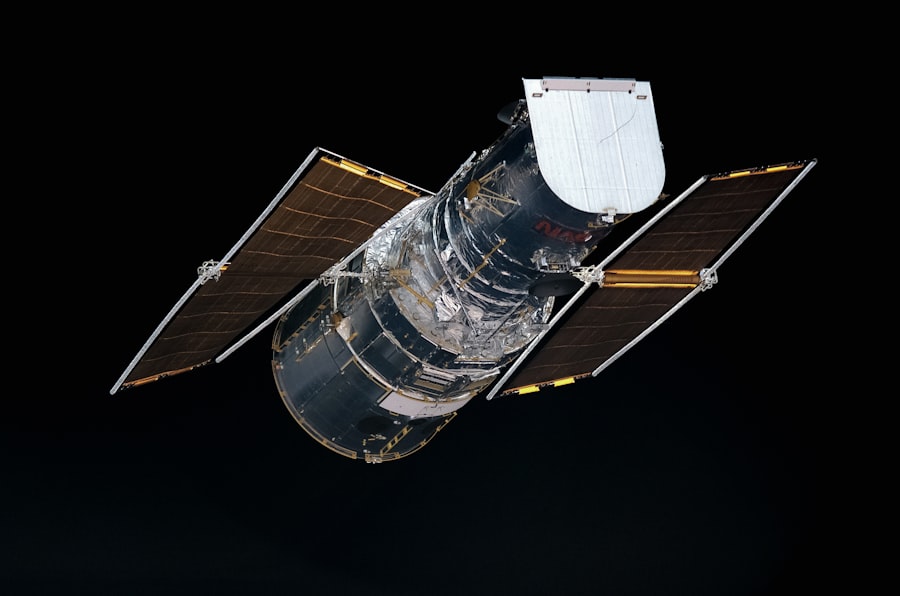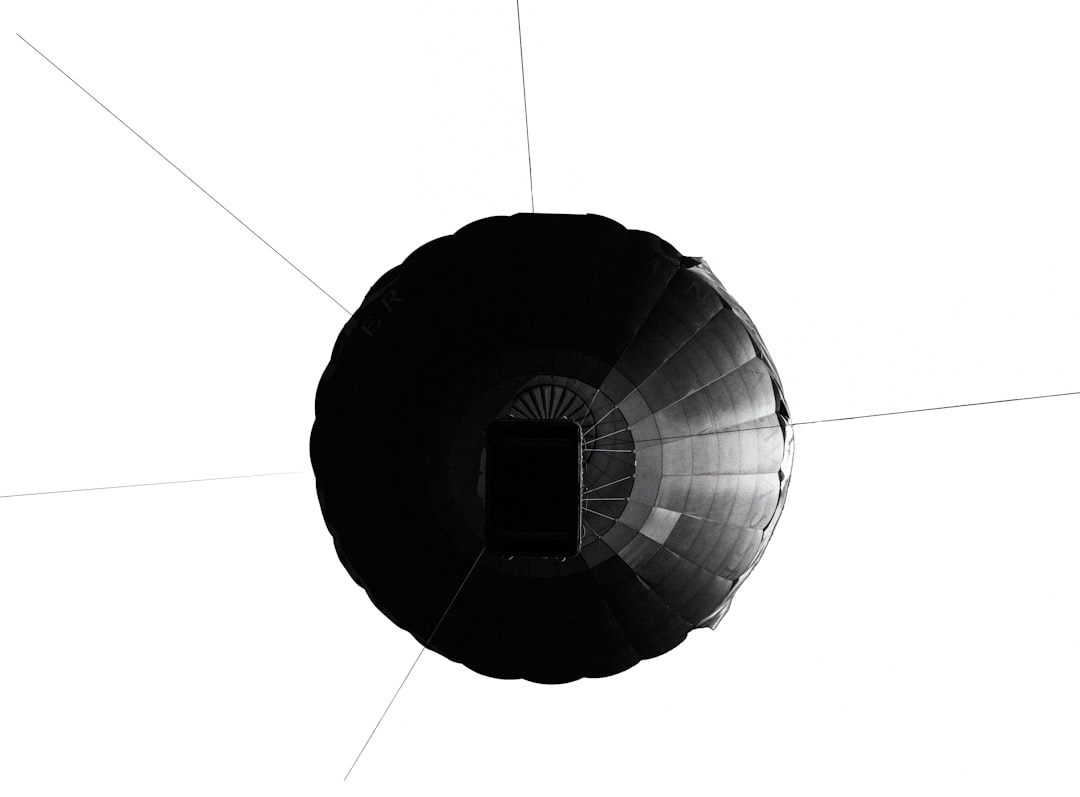The issue of space debris has escalated into a significant concern for both space agencies and private companies alike. As humanity’s ventures into outer space have increased, so too has the accumulation of defunct satellites, spent rocket stages, and fragments from collisions. Currently, there are millions of pieces of debris orbiting Earth, with estimates suggesting that over 100 million objects smaller than a centimeter are floating in space.
This growing cloud of debris poses a serious threat to operational satellites and the International Space Station (ISS), as even tiny fragments can cause catastrophic damage when traveling at high velocities. The implications of this problem extend beyond immediate safety concerns. The presence of space debris complicates future missions and increases the costs associated with launching new satellites.
As the orbits become more congested, the risk of collision rises, leading to a potential cascade effect known as the Kessler Syndrome, where collisions generate even more debris, further exacerbating the situation. The urgency to address this issue has never been greater, as the sustainability of space activities hinges on effective management and mitigation strategies.
Key Takeaways
- Space debris is a growing problem that poses risks to satellites and spacecraft in orbit.
- Capella Space has developed an innovative solution for safe deorbiting of satellites to mitigate the risks of space debris.
- Understanding the risks of space debris is crucial for the safety and sustainability of space operations.
- Deorbiting satellites is important to prevent the accumulation of space debris and reduce the environmental impact in space.
- Capella Space satellites are designed with safe deorbiting capabilities to minimize the environmental impact of space debris.
Capella Space’s Innovative Solution
In response to the pressing challenge of space debris, Capella Space has emerged as a pioneer in developing innovative solutions aimed at mitigating this growing threat. The company specializes in Earth observation satellites equipped with advanced synthetic aperture radar technology, which not only provides high-resolution imagery but also incorporates features designed to enhance safety in orbit. Capella Space is committed to ensuring that its satellites are not only functional but also responsible in their end-of-life management.
One of the key innovations introduced by Capella Space is the integration of deorbiting capabilities into their satellite design. By incorporating propulsion systems that allow for controlled re-entry into the Earth’s atmosphere, these satellites can be safely decommissioned at the end of their operational life. This proactive approach not only reduces the risk of collision with other objects in space but also contributes to the long-term sustainability of orbital environments.
Capella Space’s commitment to responsible satellite management sets a precedent for other companies in the industry, highlighting the importance of integrating safety measures into satellite design from the outset.
Understanding the Risks of Space Debris

The risks associated with space debris are multifaceted and warrant careful consideration. One of the most immediate dangers is the potential for collisions between operational satellites and debris fragments. Even small pieces of debris can travel at speeds exceeding 17,500 miles per hour, making them capable of inflicting severe damage upon impact.
Such collisions can lead to the destruction of valuable satellites, resulting in significant financial losses and disruptions in services that rely on satellite technology. Moreover, the presence of space debris poses a threat to human life aboard the ISS and other crewed missions. Astronauts aboard the ISS must constantly monitor their environment for potential debris threats and may need to execute evasive maneuvers to avoid collisions.
This not only adds complexity to mission planning but also raises concerns about the safety of astronauts in orbit. Understanding these risks is crucial for developing effective strategies to mitigate them and ensure the continued viability of space exploration and satellite operations.
The Importance of Deorbiting Satellites
| Metrics | Data |
|---|---|
| Number of defunct satellites in orbit | Over 3,000 |
| Estimated cost of deorbiting a satellite | Around 30 million |
| Importance of deorbiting satellites | Prevents space debris and collisions |
| Impact of space debris on operational satellites | Risk of damage and loss of functionality |
Deorbiting satellites at the end of their operational life is a critical component of space debris mitigation efforts. When satellites are allowed to remain in orbit indefinitely, they contribute to the growing population of space debris, increasing the likelihood of collisions and complicating future missions. By implementing deorbiting protocols, satellite operators can significantly reduce the risk posed by defunct satellites and help maintain a sustainable orbital environment.
The process of deorbiting involves carefully planned maneuvers that guide a satellite back into the Earth’s atmosphere, where it will burn up upon re-entry. This not only eliminates the satellite from orbit but also minimizes the potential for creating additional debris. As more countries and companies engage in space activities, establishing clear guidelines and best practices for deorbiting becomes essential for ensuring that space remains accessible and safe for future generations.
How Capella Space Satellites are Designed for Safe Deorbit
Capella Space has taken significant strides in designing its satellites with safe deorbiting in mind. Each satellite is equipped with a propulsion system that allows for controlled re-entry, ensuring that it can be safely guided back to Earth at the end of its operational life. This design feature is crucial in preventing defunct satellites from becoming additional sources of debris in orbit.
In addition to propulsion systems, Capella Space incorporates advanced tracking technologies that enable precise monitoring of satellite trajectories. This data allows operators to make informed decisions about deorbiting maneuvers and ensures that satellites can be safely removed from orbit without posing risks to other operational spacecraft. By prioritizing safety in their design philosophy, Capella Space sets an example for other satellite manufacturers and operators, emphasizing the importance of responsible practices in an increasingly crowded orbital environment.
The Environmental Impact of Space Debris

The environmental impact of space debris extends beyond immediate safety concerns; it also raises questions about the long-term sustainability of space activities. As more satellites are launched into orbit, the potential for collisions increases, leading to a greater likelihood of generating additional debris. This cycle not only threatens existing satellites but also jeopardizes future missions aimed at exploring and utilizing space resources.
Moreover, while most debris burns up upon re-entry into the Earth’s atmosphere, some larger fragments may survive and pose risks to populated areas on Earth. The potential for debris to fall back to Earth raises concerns about public safety and environmental consequences. Addressing these issues requires a comprehensive understanding of the environmental implications associated with space debris and a commitment to implementing effective mitigation strategies.
International Efforts to Address Space Debris
Recognizing the global nature of the space debris problem, international organizations and governments have begun to collaborate on efforts to address this pressing issue. The United Nations Office for Outer Space Affairs (UNOOSA) has been instrumental in promoting guidelines for space debris mitigation, encouraging member states to adopt best practices for satellite design, operation, and end-of-life management.
For instance, NASA has implemented stringent guidelines for satellite deorbiting and actively participates in international forums focused on debris mitigation. Collaborative efforts among nations are essential for developing comprehensive policies that address the challenges posed by space debris and ensure that outer space remains a safe and sustainable environment for future exploration.
The Future of Space Debris Removal Technology
As awareness of the space debris problem grows, so too does interest in developing innovative technologies for debris removal. Various companies and research institutions are exploring solutions ranging from robotic arms designed to capture larger pieces of debris to harpoons that can snag errant satellites and bring them down safely. These technologies hold promise for actively reducing the amount of debris in orbit and preventing future collisions.
Additionally, advancements in artificial intelligence and machine learning are being leveraged to improve tracking and monitoring capabilities for space debris. By enhancing situational awareness in orbit, operators can make more informed decisions about collision avoidance and deorbiting maneuvers. The future of space debris removal technology is likely to be characterized by a combination of innovative engineering solutions and advanced data analytics, paving the way for a cleaner and safer orbital environment.
Regulatory Considerations for Satellite Deorbiting
As the number of satellites in orbit continues to rise, regulatory considerations surrounding satellite deorbiting have become increasingly important. Governments and international organizations must establish clear guidelines that mandate responsible end-of-life practices for satellites. These regulations should encompass aspects such as deorbiting timelines, propulsion requirements, and tracking protocols to ensure compliance among satellite operators.
Furthermore, regulatory frameworks should encourage collaboration between governments and private companies to develop best practices for satellite design and operation. By fostering an environment where responsible practices are incentivized, stakeholders can work together to mitigate the risks associated with space debris while promoting sustainable growth in the space industry.
The Role of Satellite Operators in Space Debris Mitigation
Satellite operators play a crucial role in mitigating space debris through responsible practices throughout a satellite’s lifecycle. From design and launch to operation and decommissioning, operators must prioritize safety measures that minimize the risk of generating additional debris. This includes implementing robust tracking systems, conducting regular assessments of orbital environments, and adhering to established deorbiting protocols.
Moreover, satellite operators have a responsibility to engage with international efforts aimed at addressing space debris challenges. By participating in collaborative initiatives and sharing data on satellite trajectories and end-of-life plans, operators can contribute valuable insights that enhance collective understanding and inform best practices across the industry.
The Economic Incentives for Space Debris Removal
The economic incentives for investing in space debris removal technologies are becoming increasingly apparent as the risks associated with space debris grow. Companies that prioritize responsible satellite management may find themselves at a competitive advantage as clients seek partners committed to sustainability. Additionally, governments may offer financial incentives or grants for companies developing innovative solutions aimed at reducing space debris.
By proactively addressing space debris challenges, businesses can not only protect their assets but also contribute to a more sustainable future for space exploration and utilization. In conclusion, addressing the growing problem of space debris requires a multifaceted approach involving innovative solutions like those offered by Capella Space, international collaboration, regulatory frameworks, and active participation from satellite operators.
As humanity continues its journey into outer space, prioritizing responsible practices will be essential for ensuring that future generations can explore and utilize this vast frontier safely and sustainably.
In recent developments surrounding satellite technology, Capella Space has announced plans to deorbit one of its satellites, marking a significant step in responsible space management. This move aligns with the growing emphasis on reducing space debris and ensuring sustainable practices in satellite operations. For more insights into the implications of satellite deorbiting and its impact on the future of space exploration, you can read a related article on the topic by visiting
